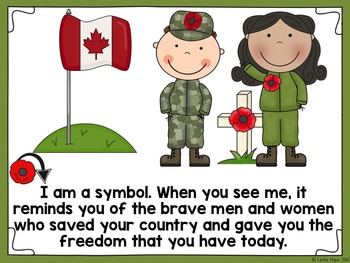
To qualify to work at the Lady Haig Poppy Factory each veteran must be in receipt of a war pension. This is still where war veterans produce the Scottish poppies, all of which are still handmade, that are sold throughout Scotland. As demand continued to grow the factory moved to bigger premises in the Warriston district of Edinburgh. A site was identified in Edinburgh’s Canongate. Sales were such that it was felt Scotland could support its own factory. Soon there was a waiting list of 117 men who wished to be employed making poppies. In March 1926 poppy production in Edinburgh began albeit with just “two workers, a pair of scissors and a piece of paper” though numbers soon rose to twenty eight. 'Two workers, a pair of scissors and a piece of paper' To address the shortage Lady Haig decided Scotland needed its own means of production and indeed its own distinctive poppy design.
So popular were these poppy lapel badges that few were left to be sent to Scotland for sale. The following year Haig founded the first Poppy Factory in Richmond, Surrey. Haig then successfully convinced the Legion itself to adopt it formally as the symbol for their Poppy Appeal. In 1921 Guérin met Field Marshal Douglas Haig, founder and president of the British Legion, and persuaded him to adopt the poppy as an emblem for the Legion. She made arrangements for the first nationwide distribution of poppies in America (working with Moina Michael), saw the promotion of the poppy in Canada and the adoption of it by the Canadian League and also in New Zealand and Australia. In 1921 the poppy was adopted as a symbol of remembrance by the American Legion Auxiliary.Ĭoncurrently a member of the French YWCA, Anna Guérin began production of fabric poppies and travelled the world encouraging countries to adopt the symbol. Realizing the need to provide financial and occupational support for these men, she began selling silk poppies to raise funds to assist disabled veterans. Michael taught a class of disabled ex-servicemen at the University of Georgia. Immortalised in the 1915 poem In Flanders Field, by Canadian military doctor and artillery commander Major John McCrae, the poppy is a poignant symbol of remembrance of the sacrifices made by so many. The original Scottish poppy conceptĪs the First World War drew to a close Anna Guérin, a French war widow and Moina Michael, an American teacher, independently developed the idea of using the red Flanders poppy as a means to remember the dead of ‘the Great War’. Although few people will have heard of Michael & Guerin, more will have heard of Lady Haig of course, though mainly in relation to her husband - between them they are responsible for the poppy that is sold around the world each year to mark Remembrance Day.


Moina Belle Michael, Anna Guérin, Dorothy Haig: three women who since the end of the First World War have had a hugely positive impact on the welfare of ex-service personnel and their families.


 0 kommentar(er)
0 kommentar(er)
